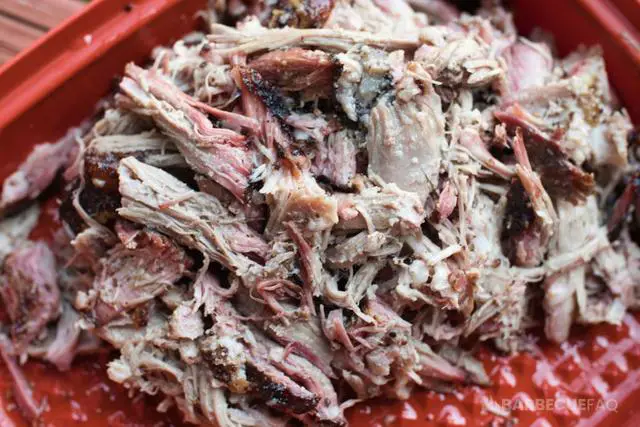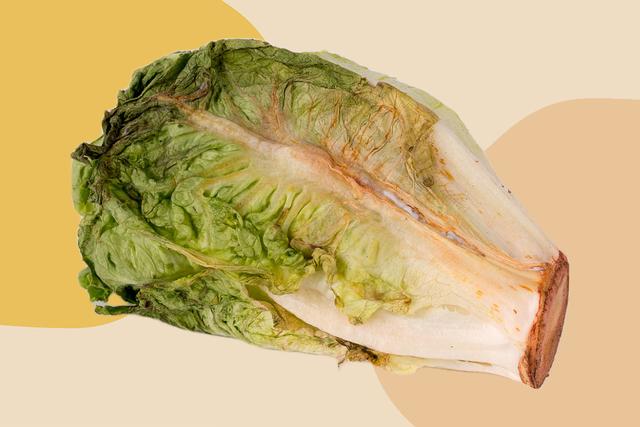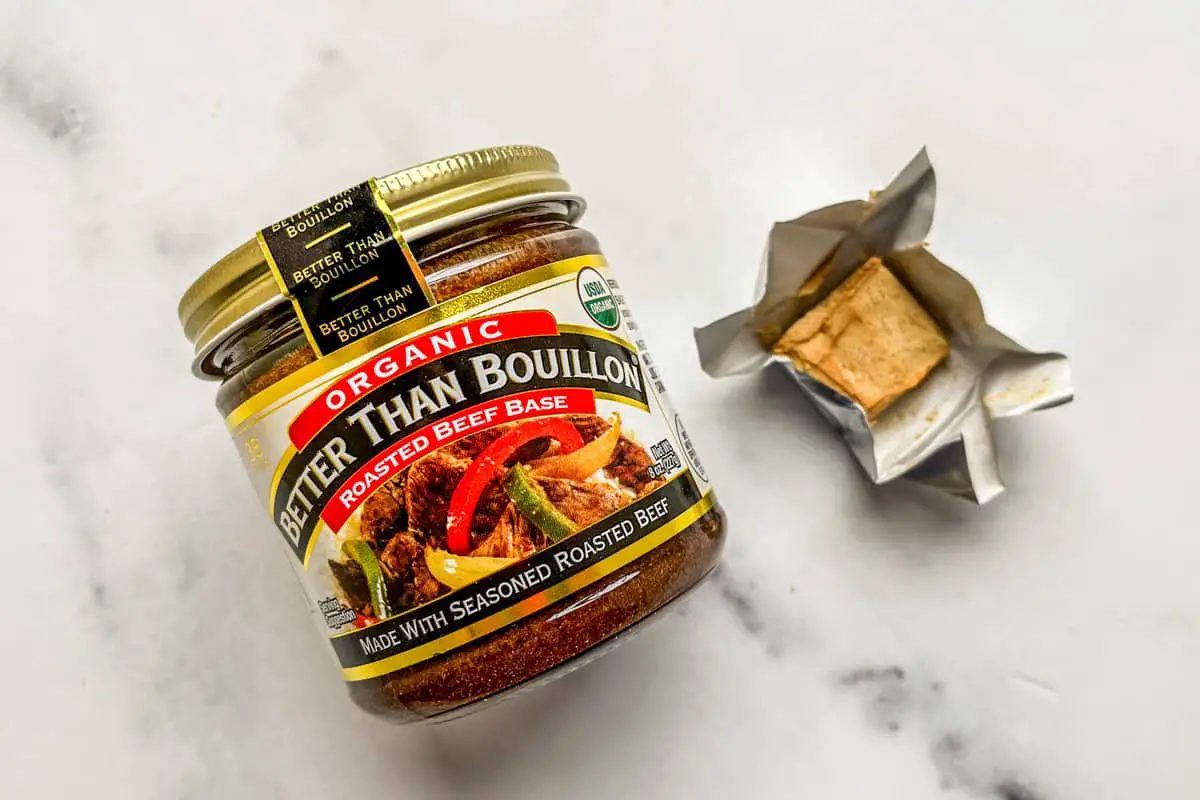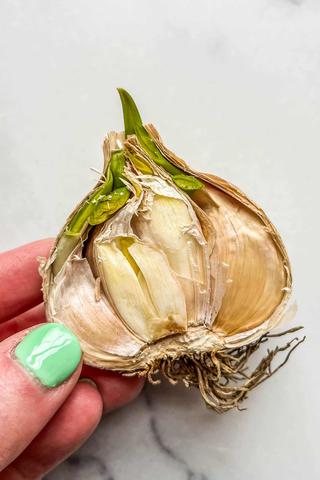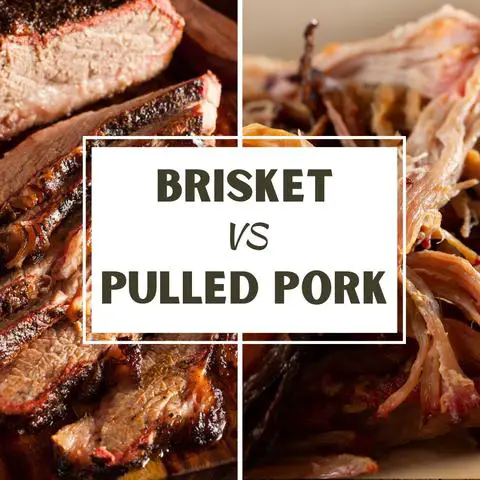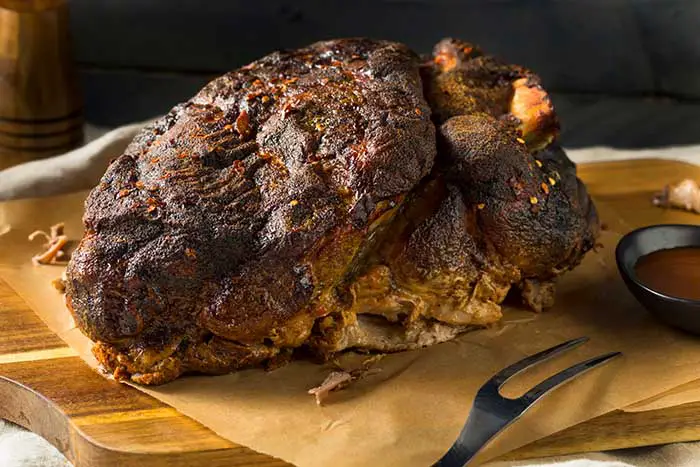
Discover the Perfect Timing: How Long to Let Pork Butt Rest
How Long to Rest Pork Butt: BBQ’s Best Kept Secret
Pork butt, a tough cut of meat, requires a long cook time to break down connective tissues, collagen, and fat. The recommended smoke time is around 1 1/2 – 2 hours per pound of meat, meaning a 6 lb pork butt could take over 12 hours to reach tenderness. After smoking for such a long time, it is important to allow the collagen to gelatinize by resting the meat.
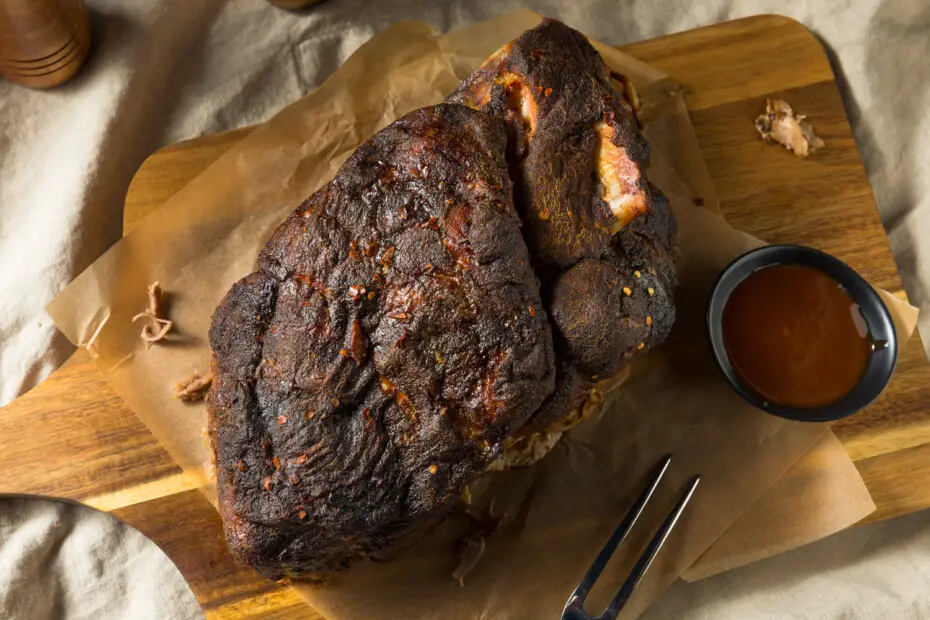
The collagen in pork butt begins to melt into gelatin at around 160F internal temperature. Resting the meat at this temperature range (150-160F) allows the gelatin to solidify and set up the juices within the meat. If the meat is pulled immediately after reaching tenderness, the juices will run out and result in less flavorful and dry pulled pork.
Resting also ensures food safety by keeping the internal temperature above 140F, which is considered the danger zone where bacteria multiply rapidly. A typical rest time for pork butt is 1-2 hours or until it reaches an internal temperature of 150-160F. This allows for safe handling and consumption of the meat.
Why is Pork Butt Rested?
Pork butt is rested to allow the meat’s internal temperature to come down and for the collagen to gelatinize. Resting allows the melted collagen to solidify and set, resulting in a more tender and juicy pork butt. It also gives time for the juices within the meat to redistribute, ensuring a more flavorful end result.
Resting is important for food safety as well. By resting the pork butt at temperatures above 140F, it stays out of the danger zone where bacteria can multiply rapidly. This ensures that the meat remains safe to eat.
Additionally, resting pork butt makes it easier to handle and eat. At temperatures above 170F, the meat is too hot to handle without burning or scalding yourself. By allowing it to cool down and gelatinize, the pork butt becomes safe to handle with gloves and liners while still being deliciously tender.
How Long Should You Rest Pork Butt?
Resting pork butt is an essential step in the cooking process to achieve tender and flavorful meat. After smoking for several hours, it is recommended to rest the pork butt for 1-2 hours before pulling. This allows the collagen in the meat to gelatinize and set, resulting in a moist and succulent texture.
The ideal internal temperature for resting pork butt is between 150-160°F. Resting at this temperature ensures that the collagen has enough time to solidify without compromising food safety. It is important to avoid going below 140°F, as this falls within the food danger zone where bacteria can multiply rapidly.
Resting pork butt not only allows the meat to cool down and become safe to handle, but it also helps in retaining its juices. If pulled immediately after reaching tenderness, the juices will run out of the meat and result in dry pulled pork. By allowing the meat to rest, the juices have time to set back up or gelatinize, resulting in a more flavorful and moist final product.
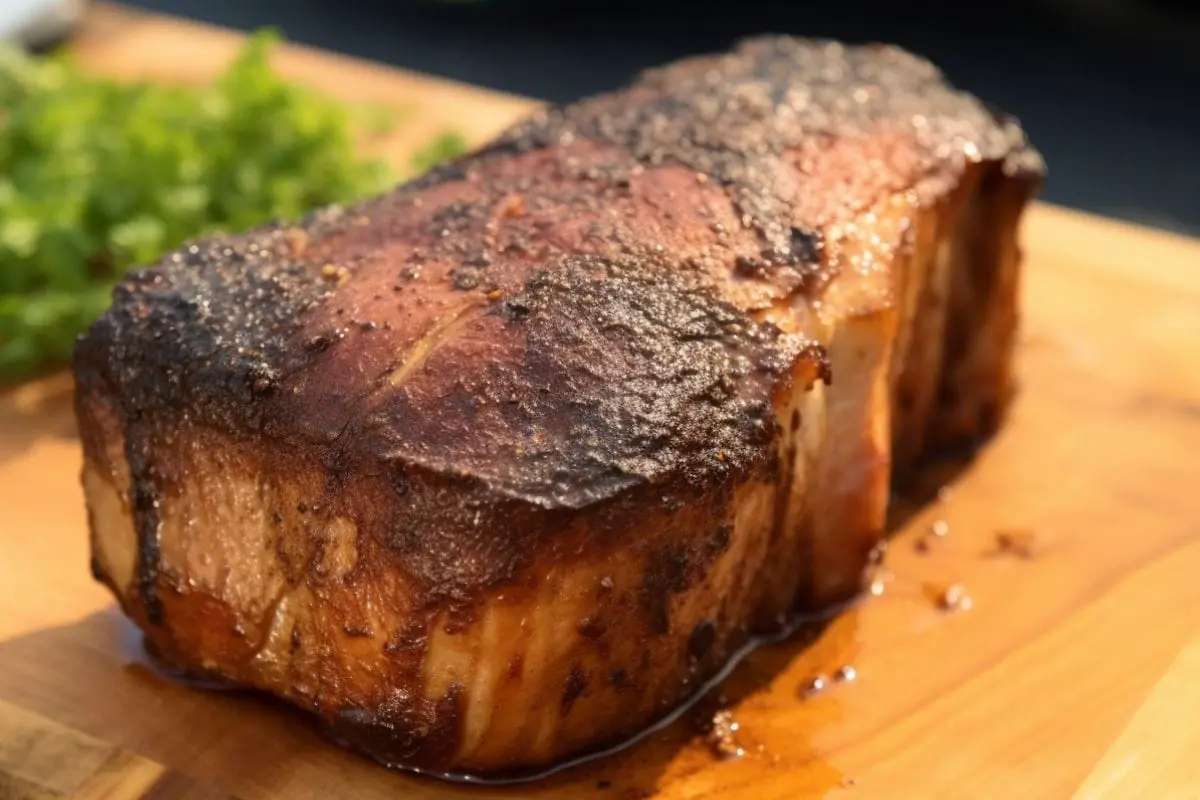
Food Safety and Resting
Resting pork butt is not just about achieving the desired tenderness and gelatinization of collagen, it is also crucial for food safety. The danger zone for bacterial growth in food is between 40 – 140F, where bacteria multiply rapidly. Therefore, when resting the pork butt, it is important to ensure that its internal temperature does not go below 140F.
Gelatinization is a key process in breaking down the tough connective tissues in pork butt and making it tender. This process occurs at temperatures around 160F, where collagen starts to melt into gelatin. To achieve this, the pork butt needs to be smoked at a low temperature (~225F) for several hours until it reaches an internal temperature of 160 – 205F. Resting the meat allows the gelatin to solidify or “gelatinize,” resulting in a moist and flavorful final product.
The concept of resting meat, especially large cuts like pork butt, is not a secret in barbecue circles. In fact, many barbecue restaurants smoke their meats a day in advance and then hold them overnight before serving. This ensures that the meats are ready for service while maintaining food safety by keeping their internal temperature above 140F. By holding the meat whole instead of pulling it immediately after smoking, oxygen interaction is minimized, resulting in less dryness due to oxidation.
Resting and Internal Temperature
Resting pork butt after smoking is crucial for achieving the desired tenderness and texture. The collagen in the meat needs time to gelatinize, which occurs between temperatures of 160-205F. This process takes several hours, so it is recommended to rest the pork butt for 1-2 hours before pulling.
During this resting period, the internal temperature of the meat will gradually decrease from its finishing temperature (190-205F) to around 150-160F. It is important to avoid going below 140F to ensure food safety and prevent bacterial growth. Resting allows the juices in the pork butt to set back up or gelatinize, preventing them from running out when pulled.
Resting also makes handling and eating the pork butt safer and more enjoyable. At temperatures above 170F, the meat is too hot to handle and eat comfortably. By resting at 150-160F, the meat cools down and solidifies into a gelatin texture, making it easier to handle with gloves and liners while maintaining a safe eating temperature.
Overall, resting pork butt for 1-2 hours after reaching tenderness ensures optimal texture, flavor, and safety. Whether you choose to rest immediately after smoking or hold overnight at a lower temperature depends on your preference and timeframe for serving. Both methods can result in delicious pulled pork when paired with a finishing sauce to minimize dryness.
Why 1-2 Hours?
The resting period of 1-2 hours is crucial for pork butt because it allows the collagen to gelatinize. Pork butt is a tough cut of meat that requires low and slow cooking to break down and render the connective tissues, primarily collagen. As the temperature of the meat reaches around 140°F, the bonds holding the collagen together start to break down, and at around 160°F, the collagen begins to melt into gelatin.
Gelatin is hydroscopic and can absorb up to ten times its weight in liquid. At temperatures above 190°F, this gelatin becomes somewhat liquefied. However, when the meat is pulled too soon without allowing enough time for the gelatin to set back up or “gelatinize,” the juices will run out of the pork, resulting in less flavorful and dry pulled pork.
In addition to ensuring optimal flavor and juiciness, food safety is also a concern during the resting period. Resting the pork butt at temperatures between 150-160°F helps prevent bacterial growth as it stays above 140°F, which is considered within the food safety danger zone. It’s important not to go below this temperature during resting.

Holding Pork Butt
When it comes to holding pork butt, there are two main options depending on your desired outcome. If you plan on holding the pork butt for an extended period of time, such as overnight, the second method is recommended as it results in better pulled pork. In this method, once the pork butt reaches probe tenderness, it is rested for 1-2 hours and then placed in an oven set to 145-165F. This allows the meat to slowly rest down to the temperature of the oven while rectifying any tight spots that may exist. After removing the meat from the holding oven, it can be pulled.
On the other hand, if you plan on pulling the pork butt on the same day, the first method is suggested. After smoking to tenderness, which is typically around 190F+, the meat is rested for 1-2 hours before being pulled. Resting allows enough time for collagen to gelatinize and set back up within the meat so that when it is pulled, it remains moist and flavorful. It should be noted that finishing temperatures like 190F+ are too hot to handle and not safe eating temperatures.
Both methods involve mixing the pulled pork with a finishing sauce to minimize dryness. However, if you were to pull the meat immediately after resting in the first method, oxidation could result in dry pulled pork. By holding the muscle whole and minimizing oxygen interaction, you achieve an extended rest period before pulling.
Overall, whether you choose to hold your pork butt for an extended period or pull it on the same day, allowing sufficient resting time is crucial for achieving tender and flavorful results.
Holding Pork Butt at Home
When it comes to holding pork butt at home, there are a few options you can choose from. The first method is to smoke the pork butt until it reaches tenderness and then rest it for 1-2 hours. After resting, you can pull the meat and enjoy it immediately. This method is ideal if you plan on serving the pulled pork the same day. However, be cautious as finishing temperatures like 190F+ can be too hot to handle and not safe for eating.
If you want to hold the pork butt for an extended period of time, such as overnight, there is a different approach. Smoke the pork butt until it is near probe tenderness (around 190F) and then lower the temperature of your smoker to 165F. Wrap the pork butt and leave it in the smoker without resting. This method allows the meat to carry over cook and rectify any tight spots that may exist. Once you take the meat out of the smoker, you can pull the pork butt.
Both methods mentioned above will benefit from being mixed with a finishing sauce to minimize dryness. It’s important to note that by holding the muscle whole rather than pulling it immediately after resting, you reduce oxidation and retain moisture in the pulled pork. Regardless of which method you choose, make sure to handle and eat the pulled pork at safe temperatures.
Do You Need to Rest After Hot Holding?
After hot holding pork butt for an extended period of time, you may be wondering if it still needs to be rested before serving. The answer is yes, it is still important to allow the meat to rest after hot holding.
Resting the pork butt allows the collagen to gelatinize and the juices to redistribute throughout the meat. This ensures that the pulled pork remains tender, moist, and flavorful. Without resting, the juices may run out of the meat and result in dry pulled pork.
The recommended timeframe for resting pork butt is 1-2 hours before pulling. During this time, the internal temperature of the meat will come down from its finishing temperature (around 190-205F) to a safe and manageable eating temperature (around 150-160F). Resting also allows any tight spots in the meat to rectify and minimizes oxidation, preventing dryness.
In conclusion, even after hot holding pork butt, it is still necessary to rest it for optimal results. This additional resting time ensures that the collagen has melted into gelatin and that the pulled pork remains moist and tender. So don’t skip this important step in achieving BBQ perfection!
In conclusion, allowing pork butt to rest after cooking is crucial for the best results. A minimum of 20 minutes is recommended, but longer rests of up to an hour can enhance flavor and tenderness. Resting allows the juices to redistribute, creating a more succulent and delicious final dish.
Learn More About Grilling
If you want to learn more about grilling, check out these other helpful resources!

